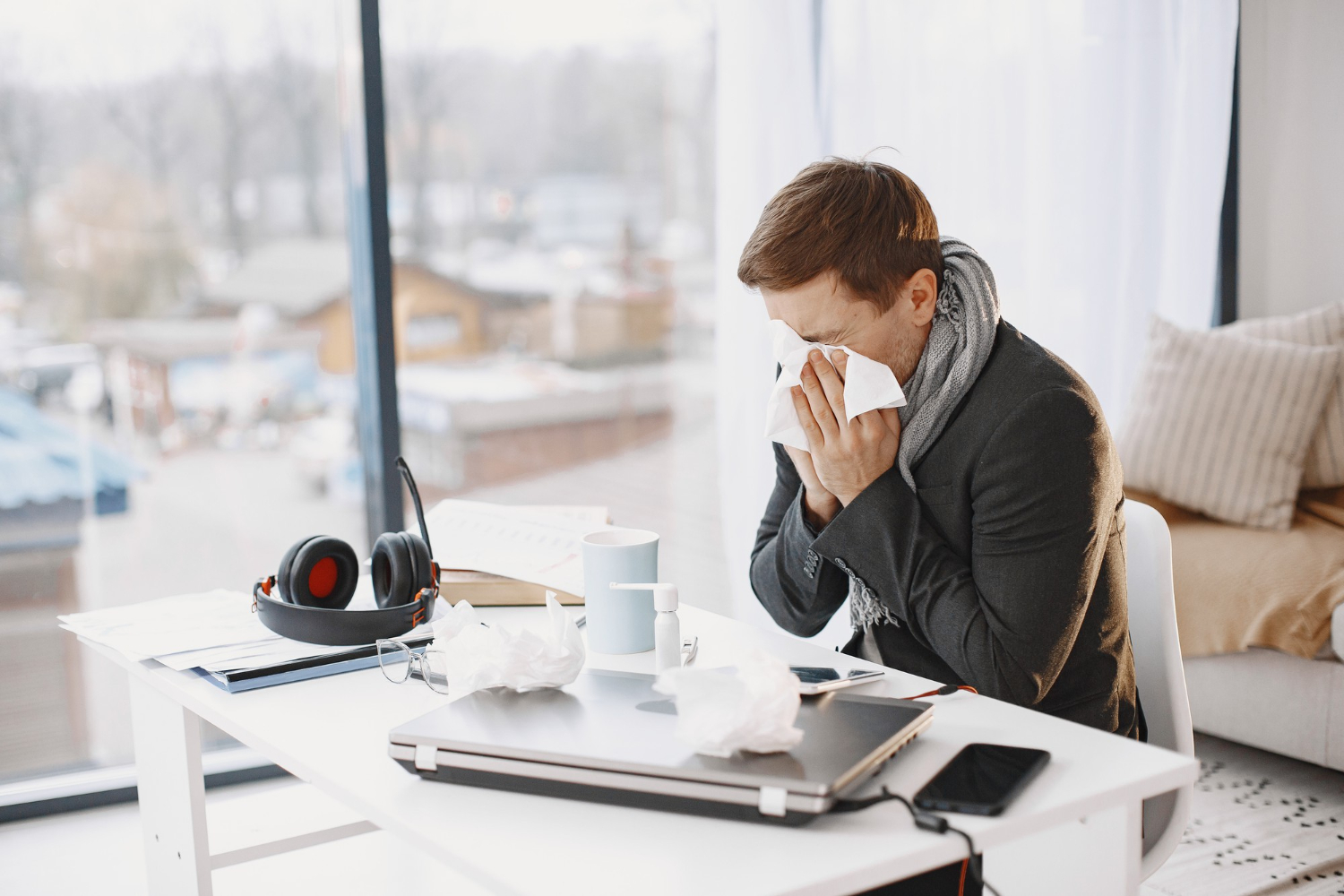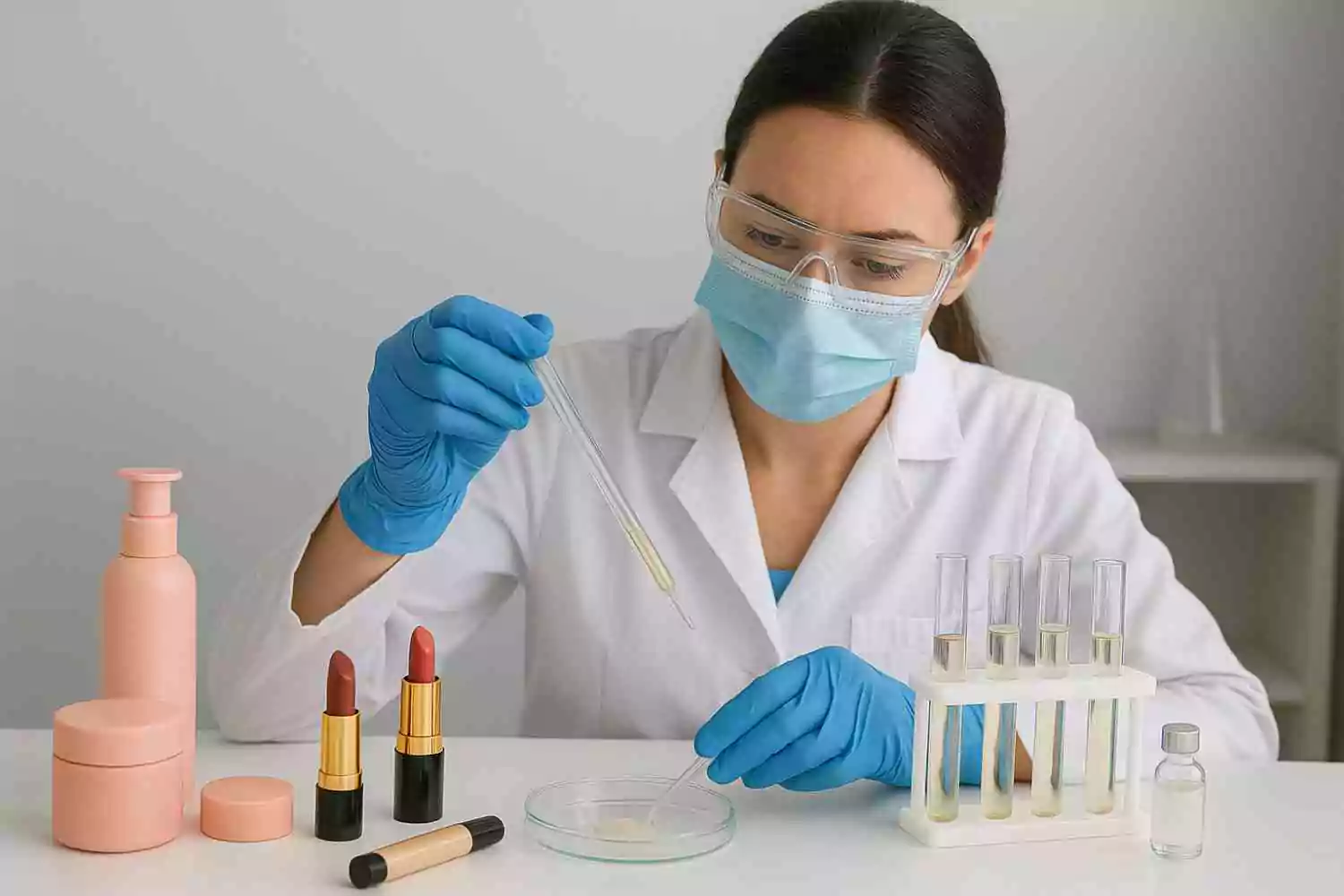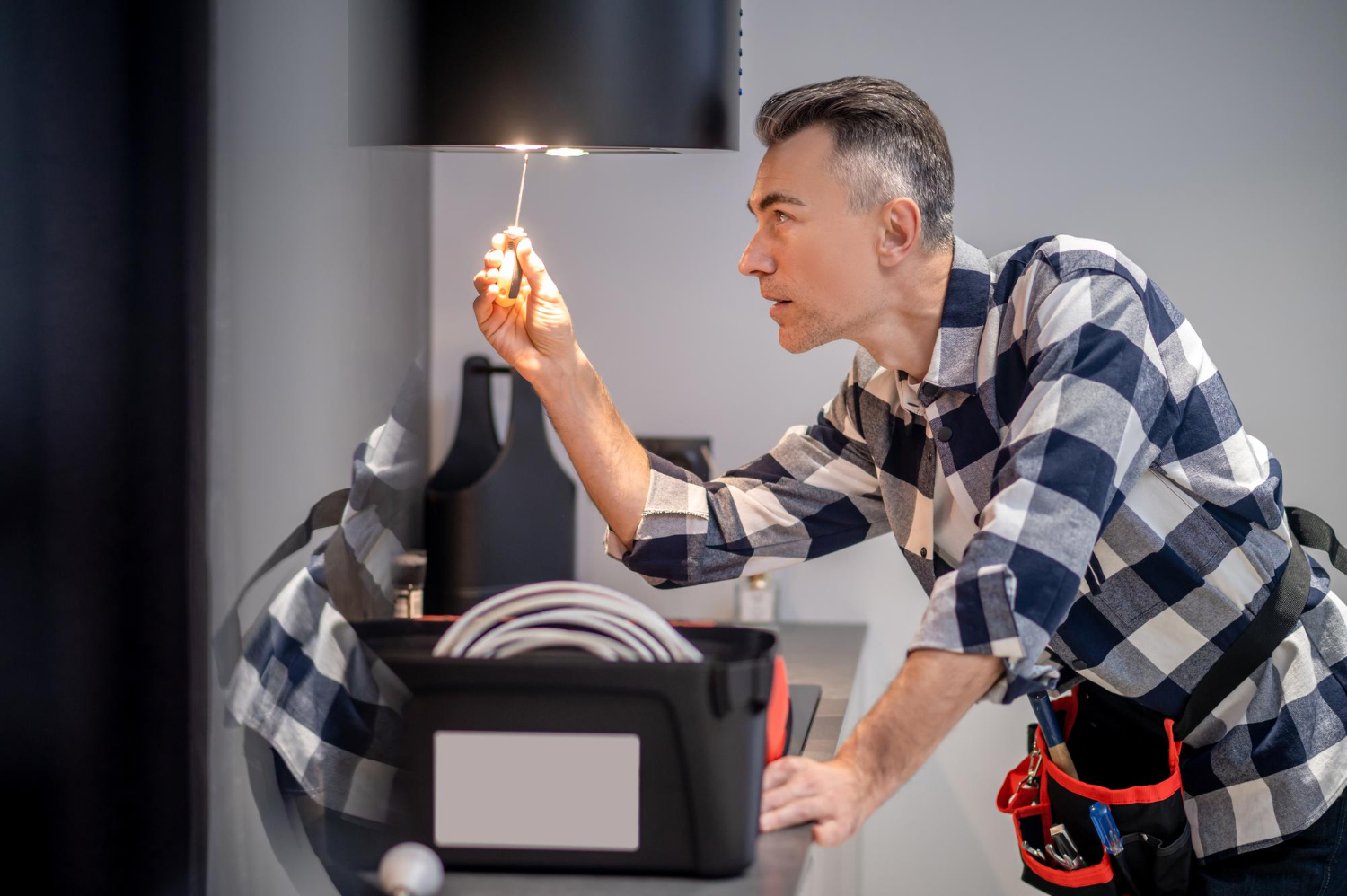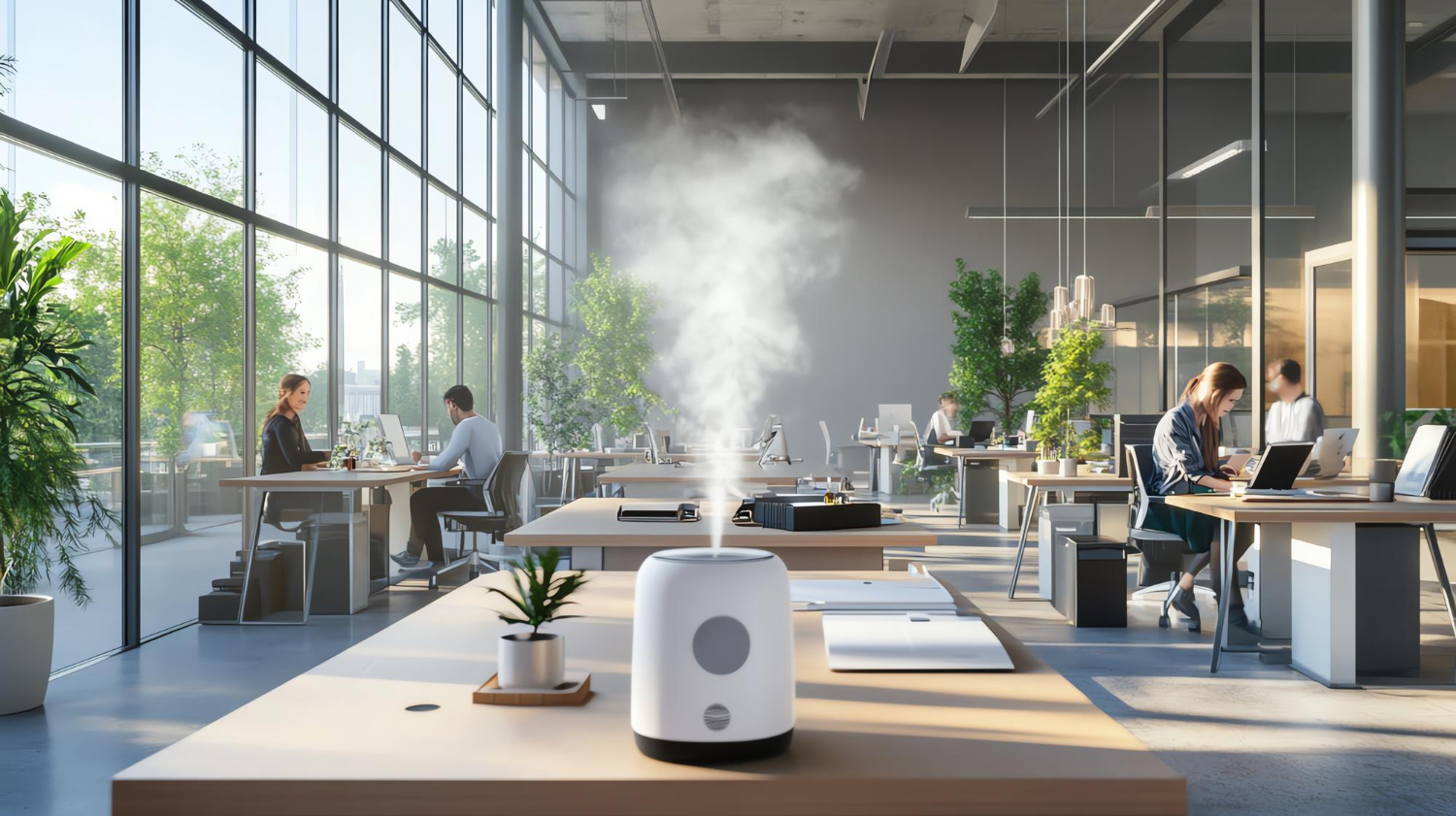Is Your Office Making You Sick? The Truth About Indoor Air Pollution
- 11 February, 2025

Have you ever thought about the air you breathe inside your home or office? You probably worry about outdoor pollution, but did you know that the air indoors can be just as harmful, if not worse? Since you spend around 90% of your time indoors, the quality of the air inside your space directly affects your health and well-being. Poor indoor air quality has been linked to respiratory diseases, allergies and even long-term health issues, making it crucial to take control of the air you breathe.
Is the Air in Your Home or Office Really Clean?
Indoor air pollution is sneaky because you can’t always see or smell it. It comes from everyday sources—cleaning products, furniture, building materials, cooking fumes and even personal care items. Over time, these pollutants accumulate, making the air in your space stagnant and unhealthy.
One of the biggest culprits is particulate matter (PM), tiny particles that can travel deep into your lungs. Other common pollutants include volatile organic compounds (VOCs) from paints and adhesives, carbon monoxide from heating systems and biological contaminants like mould, dust mites and pet dander. If you or your loved ones suffer from allergies or asthma, these pollutants can make your symptoms worse.
How Poor Indoor Air Quality Affects You
Have you ever felt tired, had frequent headaches or experienced eye, nose or throat irritation without knowing why? It could be the air you're breathing indoors. Poor indoor air quality can lead to these symptoms and, over time, contribute to chronic conditions like lung disease, heart problems and even cognitive decline.
If you work in an office, you might notice that you feel more exhausted or less productive throughout the day. That’s because many offices have poor ventilation and a high concentration of people and electronic devices, which leads to stale, polluted air. This can make you and your colleagues more prone to illness and absenteeism.
Why You Should Test Your Indoor Air Quality
So how can you know if the air in your space is harming you? Inside air quality testing is the best way to find out. These tests measure pollutant levels, including VOCs, PM, carbon dioxide and humidity levels, helping you identify problem areas and take corrective actions.
Professional services can provide in-depth reports using advanced testing tools, but if you prefer to monitor air quality yourself, DIY air quality monitors are a great option. They can help you detect pollution trends in real-time so you can make immediate improvements.
Simple Ways to Improve Your Indoor Air Quality
While it’s impossible to eliminate all indoor air pollutants, you can take simple steps to make the air you breathe healthier:
- Let in Fresh Air: Open your windows when possible and use exhaust fans to keep air moving. If you work in an office, mechanical ventilation systems can ensure continuous air exchange.
- Invest in an Air Purifier: A HEPA air purifier can trap harmful pollutants and improve air quality in your home or workplace.
- Keep Your Space Clean :Regularly dust, vacuum (with a HEPA filter) and clean surfaces to reduce allergens like dust mites and pet dander. Avoid using harsh chemical cleaners that release harmful VOCs.
- Control Humidity Levels: High humidity encourages mould growth, while low humidity can make breathing uncomfortable. Keeping indoor humidity between 30-50% helps create a healthier environment.
- Choose Safer Products: Use paints, furniture and cleaning supplies that have low VOC emissions to reduce air contamination.
- Add Some Greenery: Indoor plants like peace lilies, spider plants and snake plants can help absorb toxins and freshen the air.
Take Control of Your Indoor Air Today
You don’t have to wait until you start feeling unwell to take action. Indoor air pollution is a silent but serious issue, and the good news is that you can do something about it. Start by testing your air quality and making small but impactful changes to improve your space.
Whether at home or work, cleaner air means better health, increased energy and improved productivity. By making conscious choices about ventilation, air purification and product selection, you can create a healthier environment for yourself and those around you.
The air you breathe is in your hands—so take charge today.







